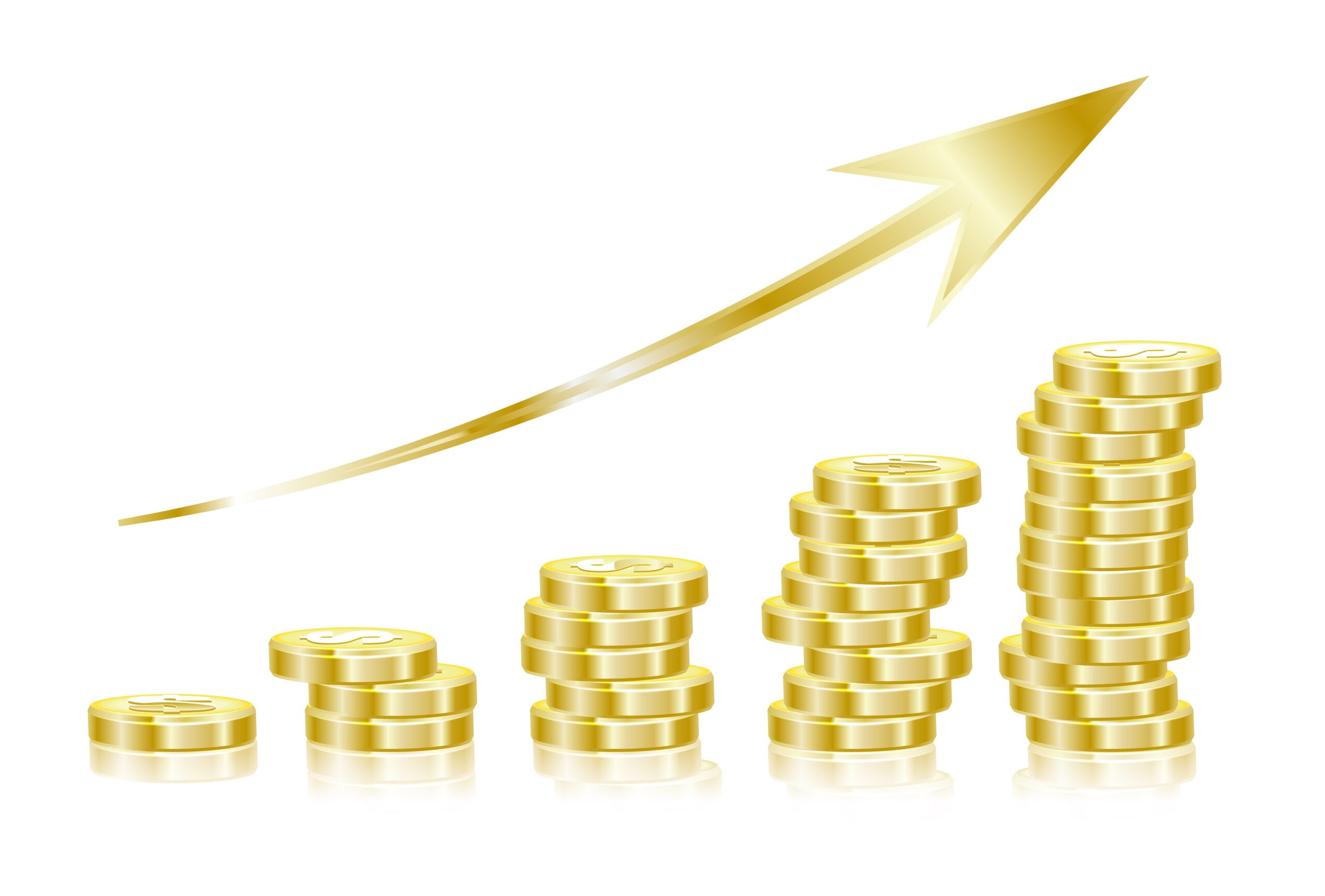Gold prices have soared to record levels in 2025, with many investors debating whether the next move will be a massive crash or simply a healthy correction. This article analyses the ongoing gold rally, the cautionary outlook of experts including the JP Morgan CEO, and the changing structure of the gold market, with digital gold rapidly gaining ground over physical metal.
Recent surge in gold prices
In 2025, gold has staged a spectacular rally. International prices recently hit an all-time high, trading above USD 3,880 per ounce as of early October, a 45% rise since January, with some exchanges such as MCX in India quoting over Rs 1,18,000 for 10 grams. Analysts say this surge is fuelled by a confluence of factors which includes- global recession fears, rising geopolitical tensions, Central bank buying, expectations of interest rate cuts by the U S Federal Reserve and continued volatility in equity and currency markets
ETF inflows have also reached multi-year highs, with August alone seeing USD 5.5 billion directed into global gold funds and central bank sentiment overwhelmingly bullish. The yellow metal’s year-to-date returns have outpaced stocks and real estate, further feeding FOMO (fear of missing out) among both retail and institutional investors.
What global experts say
The question on everyone’s mind: Is this rally sustainable or is a crash looming?
JP Morgan’s commodities research team, which often sets the tone for global institutional investors, remains bullish but with caveats. Their latest forecast sees gold averaging USD 3,675 per ounce in Q4 2025, possibly crossing the psychological USD 4,000 mark by mid-2026. They argue that persistent risks, recession odds, aggressive monetary easing, and ongoing geopolitical instability, continue to structurally support gold’s bull market.
JP Morgan’s CEO, while acknowledging the historic rise, has cautioned that “the sharp appreciation makes gold vulnerable to periodic, sharp corrections,” especially if interest rates unexpectedly rise or if investors decide to lock in gains. Their team points to gold’s cyclical nature and the tendency for strong rallies to be followed by interludes of profit booking.
Other experts, such as Deutsche Bank and Goldman Sachs, expect the gold price to remain elevated, with projections averaging between USD 3,650 and USD 3,950 in 2025, but don’t rule out short-term volatility as profit-booking and macroeconomic events cause temporary pullbacks. Renisha Chainani (Augmont) expects a “bullish-to-consolidation” phase by Diwali, rather than a deep crash, as some investors may take profits after the rally.
Digital gold’s rise
Another key factor reshaping gold’s price dynamics is the explosive growth of digital gold products. Unlike physical bullion, digital gold is easy to buy, sell, and store online, attracting younger and tech-savvy investors. In 2024-25, India saw nearly USD 18 billion in new gold investments, with more than 10% channelled through digital gold platforms.
This shift towards digital formats can also explain the instability in physical gold premiums and the risk of a correction in retail prices. Physical gold, burdened by higher making charges, GST, and storage costs, is increasingly less attractive compared to digital options, possibly setting up a situation where the physical price corrects even as overall investment demand stays robust.
Is a crash incoming?
Most established experts do not foresee a deep, 2008-style crash in gold prices, at least in the near term. Instead, they expect episodic corrections or sideways movement after a period of rapid gains. The structural support stems from continued risk aversion, dovish central banks, and the slow but certain rise in demand from retail and central bank buyers, especially in digital form.
However, gold’s cyclical nature means corrections are inevitable, particularly if global risk sentiment improves or if profit-taking accelerates. The momentum in digital trading could actually speed up short-term volatility, as large buy or sell orders move instantly across global platforms.
